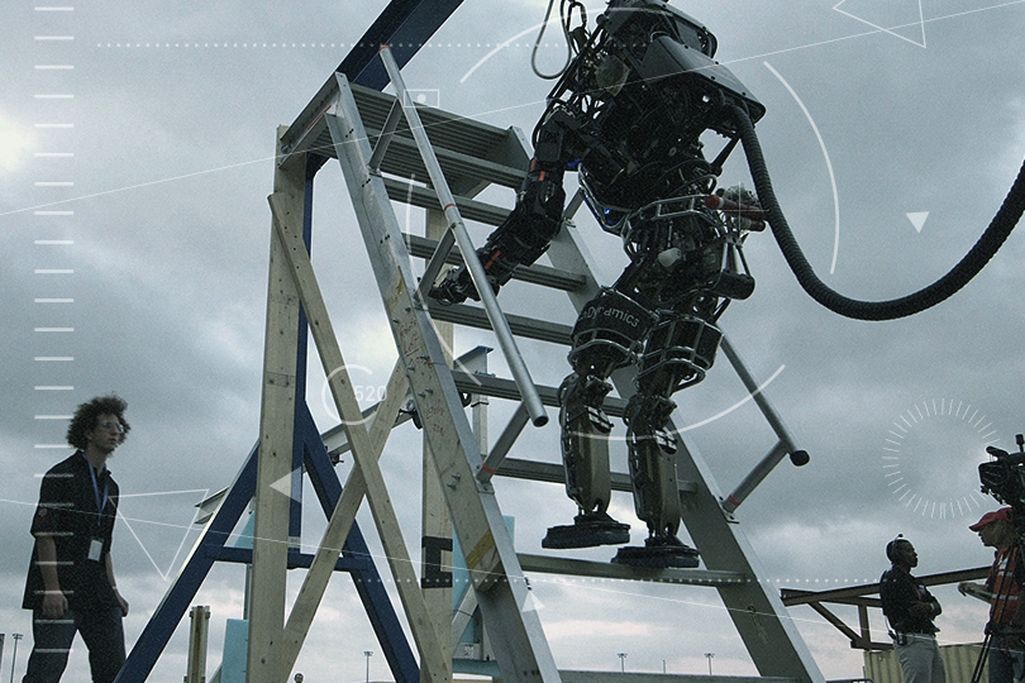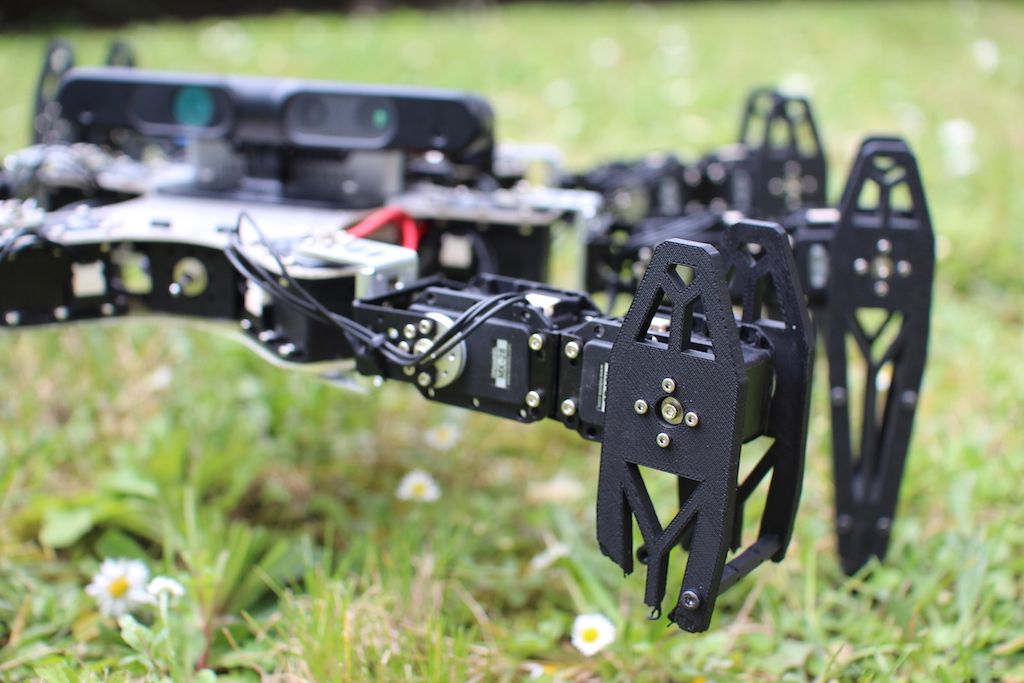Jun 1, 2015
The only wearable, wireless, continuously monitoring intelligent thermometer.
Posted by Klaus Baldauf in category: biotech/medical
TempTraq is the first and only 24-hour intelligent thermometer that continuously senses, records, and sends alerts of a child’s temperature to your mobile device.















